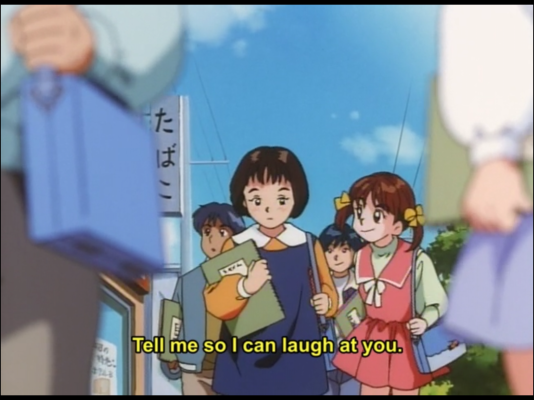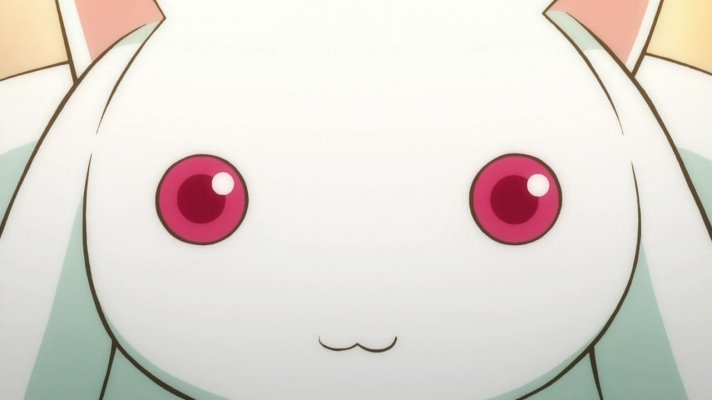Pretty Cure - episode 1
Until recent years, Precure has been something of a blindspot for the western anime community. Like Shinkalion it's a hugely successful, decades-spanning franchise aimed at a young audience, but which has mostly remained unlicensed in the west. The last few years have seen that start to change in Precure's case, but only in the sense of streaming exposure; there still hasn't been a physical release for these shows, and the franchise certainly isn't the
merchandising juggernaut that it is in Japan. So for those of us coming to this show fresh after it's already had 1,000+ episodes, can the first episode give us any hints about how it achieved such lasting success?
We start with familiar scenes of a sporty but academically-challenged girl (Nagisa), and a serious, bookish girl (Honoka). So far these could be CCS's Sakura and Sailor Moon's Ami with the serial numbers filed off. Nagisa even has fangirls trying to turn her into a yuri protagonist, like Sakura.
When the mascots show up, it's sadly with the kind of verbal tics that increasingly become a staple of the genre. They're embedded in one of the most blatantly toyetic transformation devices we've seen yet. It has Collectable Card Game written all over it. It's also the first transformation device we've seen that mimics design elements of mobile phones; another thing that becomes a trend for a while.
The transformation scene shows a touch of self-awareness with Nagisa wondering why she's suddenly shouting catchphrases. Once they start fighting we see a major departure from the magical girls we've watched so far. Combat magical girls have gone up against brawler-type enemies as far back as the sub-genre's origin, but the girls themselves have tended to be pure mages, creating a fighting style mismatch. It's why Usagi transforms, poses, and then runs away; she dumped all her stats into MAG (definitely not INT). In Precure, we see the girls opening with melee combat and only pulling out magic for the finishing move. It's interesting to note that Honoka's body looks like it's on autopilot while she's kicking the enemy, like this fighting style is part of the magic and is puppeteering her. I don't know if this was the first post-Cutie-Honey show to have brawler-type magical girls, but it certainly became the trend from this point on.
So what can we take from this glimpse of PreCure? The shift in fighting style is interesting, but what enabled this to become a decades-spanning franchise? PreCure came along around the time that some other magical girl shows were beginning to court older audiences. If it increasingly became the only game in town for magical girl shows still aimed at young girls then that might explain it, but I don't know if that was the case. Maybe it was more down to the companies involved managing to hit the right elements for the show's merchandising potential, but without watching full seasons of this franchise I couldn't tell you if it has more to offer on its own strengths as a story.
Tomorrow we charge our primer and step into our time-travelling storage locker for a jump forward to 2011, when I'm sure everything will be fine.


